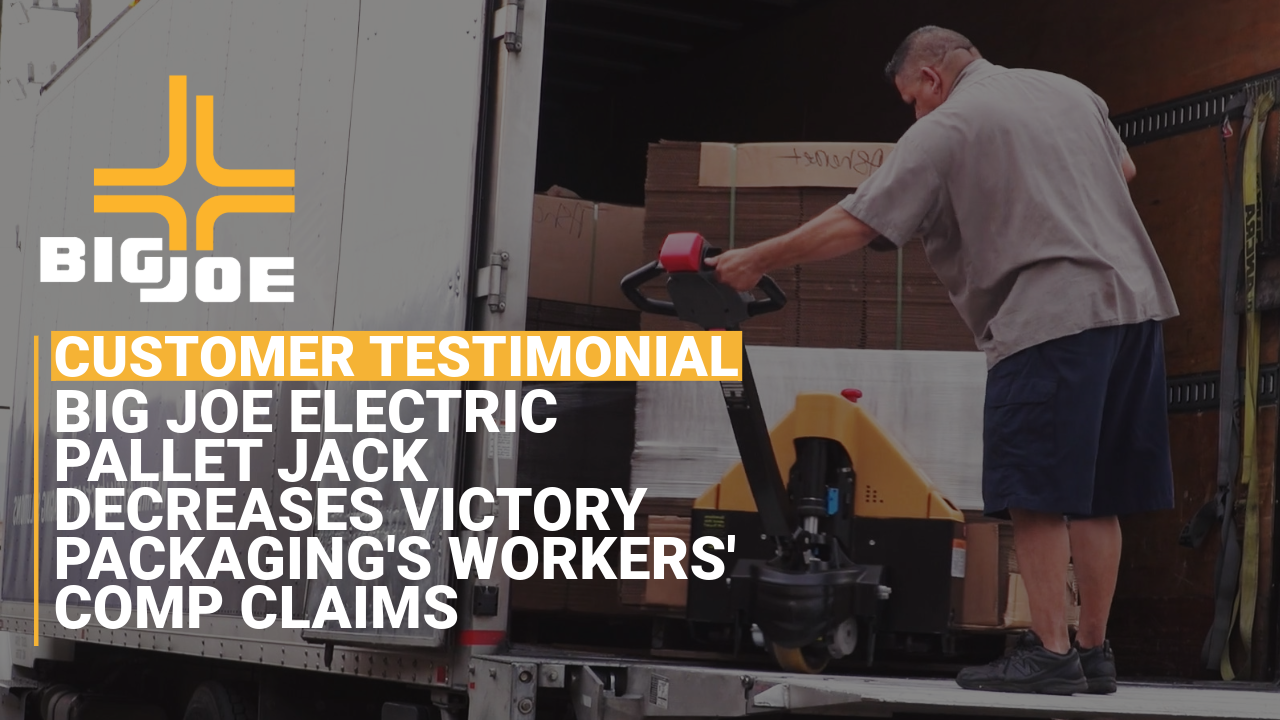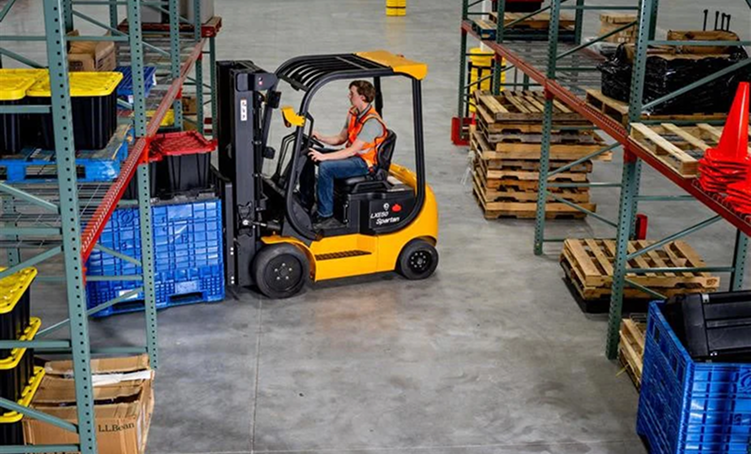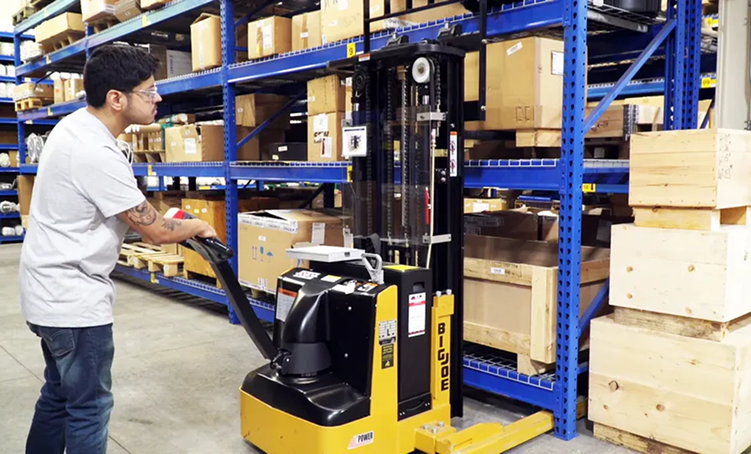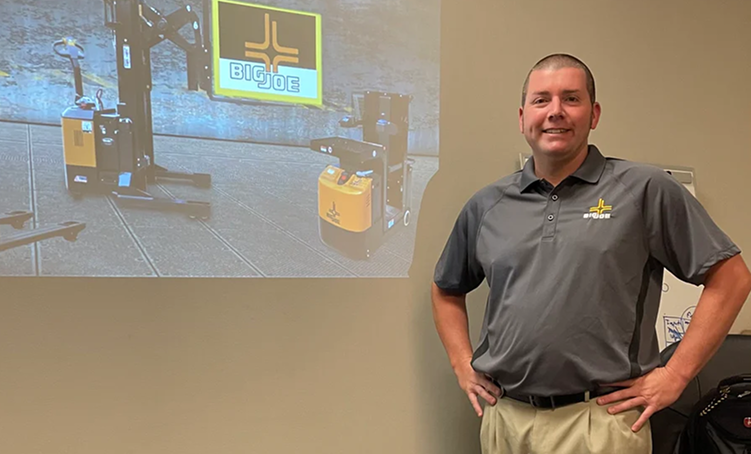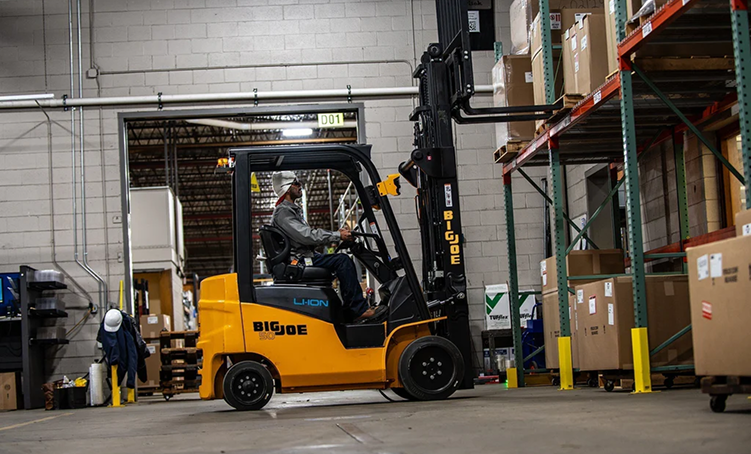Victory Packaging’s slogan is "The Architects of Packaging Solutions." The company operates over 65 ...
Big Joe Forklifts Blog
There’s no way an electric forklift could replace an internal combustion (IC) model, right? That may...
Forklifts are the workhorse of the warehouse. There’s no denying their importance, but not all forkl...
Grocery distributors and food manufacturers have their processes down to a science. But like any goo...
In today's rapidly evolving industrial landscape, autonomous mobile robots (AMRs) have emerged as a ...
I love sales, I like problem solving, I like helping people and I look forward to the travel. If you...
The days of saying propane and diesel forklifts cannot be replaced with electrics are all but over i...
It’s safe to say the industrial lift truck market has been somewhat volatile over the last 5 years. ...
Categories
Popular Posts
Martin Boyd’s Reflections and Pre...
6 January, 2025
Greater Efficiency, Less Risk: Ho...
15 March, 2025
Forklift or walk-behind stacker: ...
15 March, 2025
Big Joe E30 Electric Pallet Jack ...
17 April, 2025

